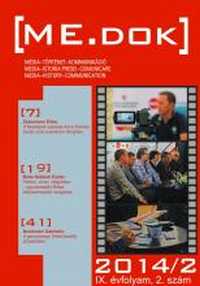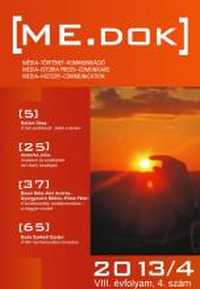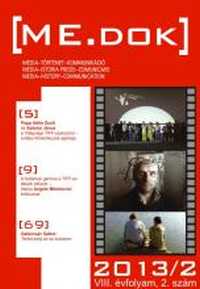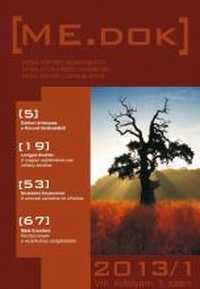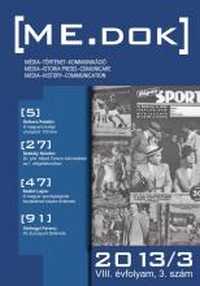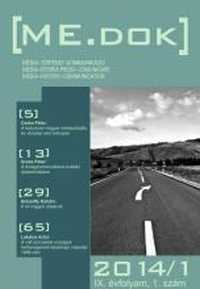
A kolozsvári magyar médiaoktatás és -kutatás első évtizedei
After the political changes in 1989 the institutional frame of the Hungarian press in Romania was restored, and journalists founded their new, independent professional organization. Its leaders recognized the importance of the training of media specialists. The essay presents the history of the two decades of media teaching at Babes-Bolyai University.
More...
